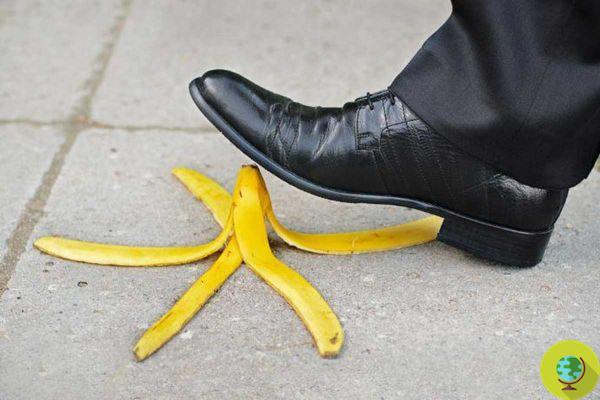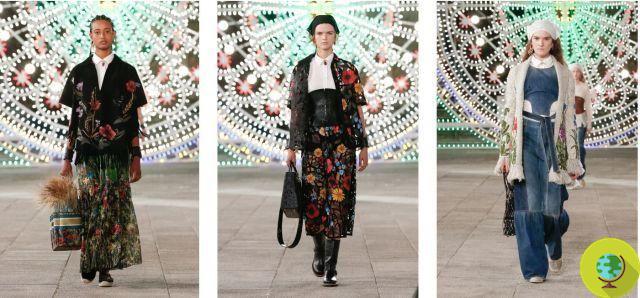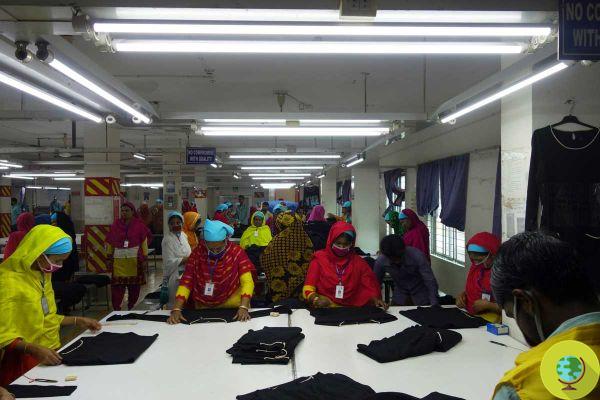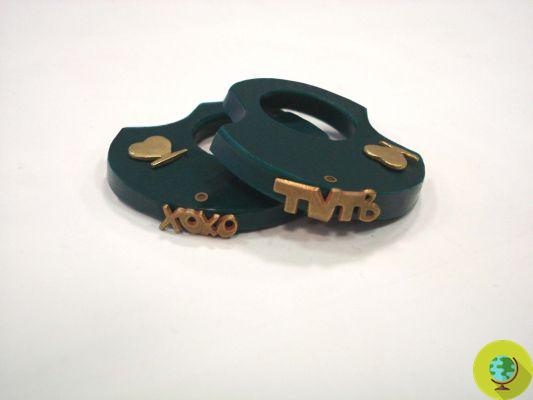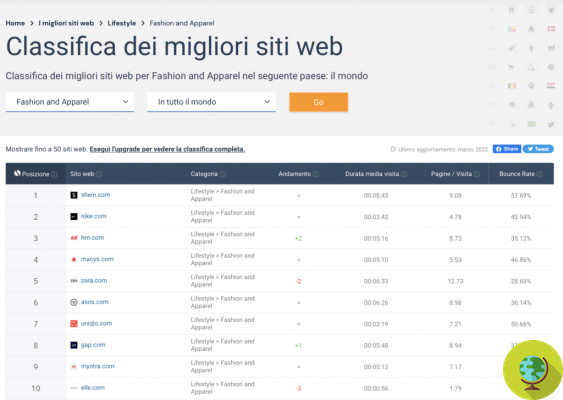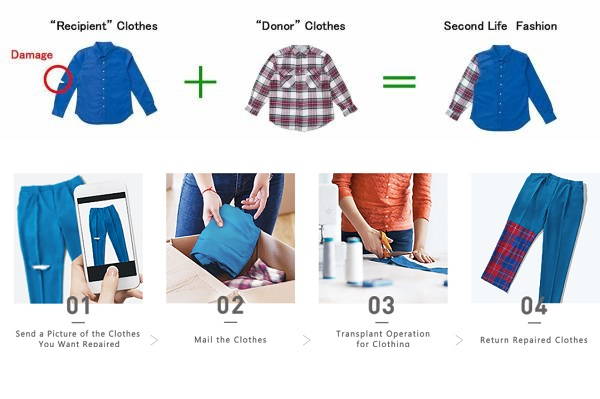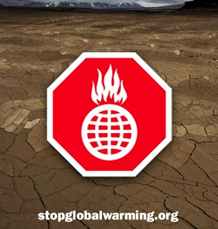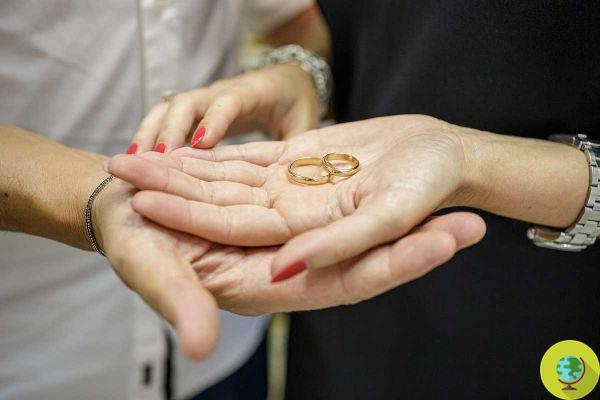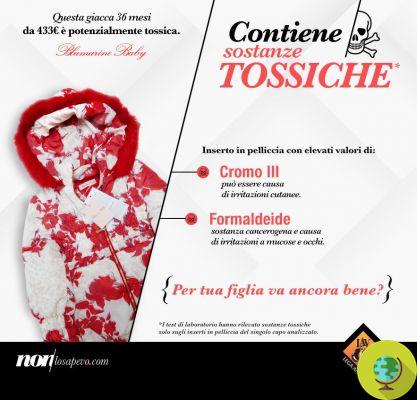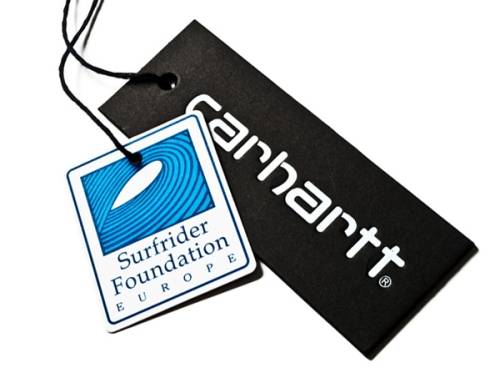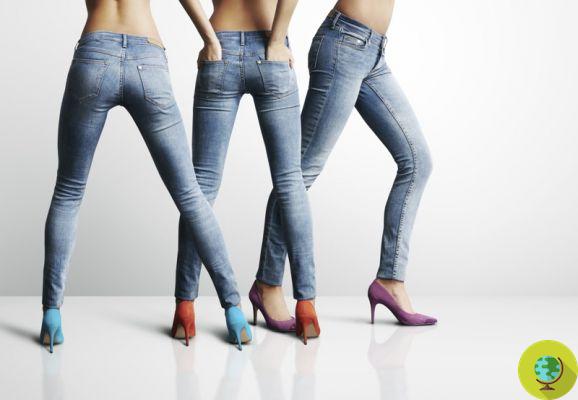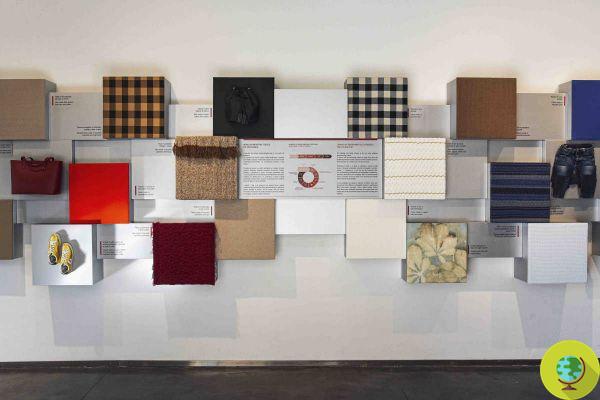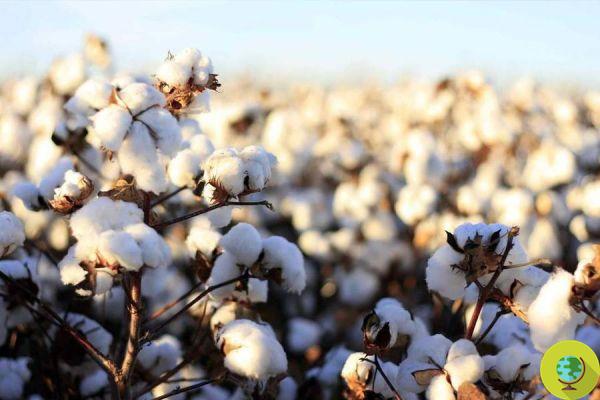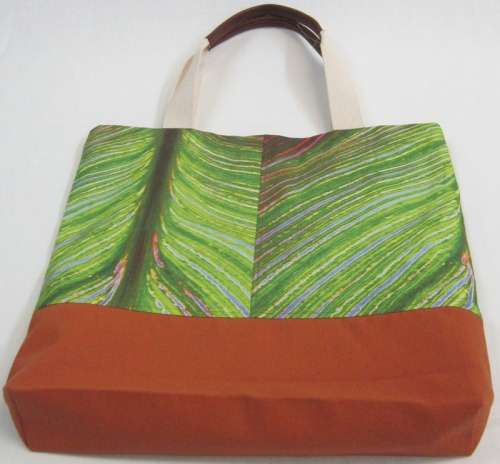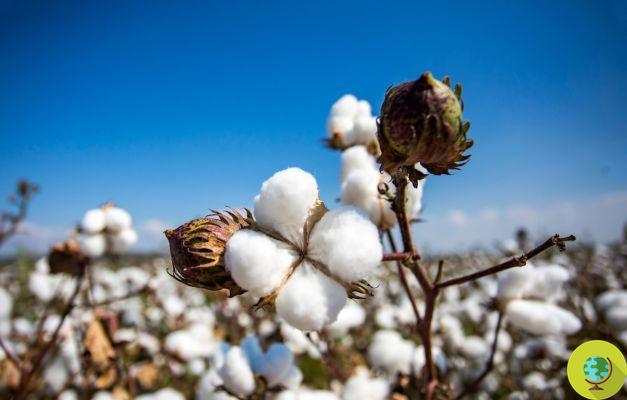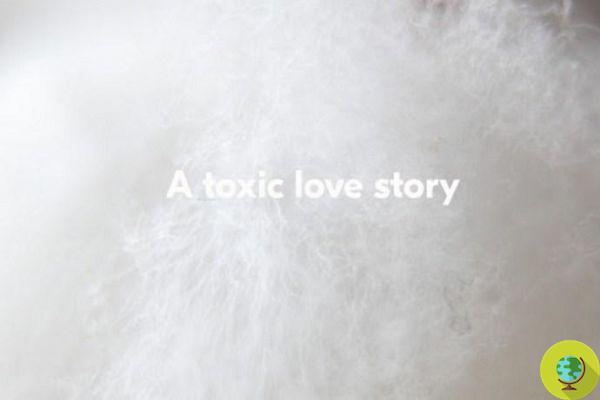From 2023 in the EU, new labels will inform about the environmental impact of clothes and shoes. Make the Label Count prompts you to change them
From 2023, clothes and shoes in the European Union will be equipped with new labels that will inform consumers about the environmental impact of products. But there is a problem, as the campaign points out Make the Label Count launched this week: the measurement system developed to evaluate clothing is misleading and not in line with the EU climate goals.
Given that, as is now known, fashion pollutes (and also a lot) it is important and useful that when we buy clothes or shoes we are immediately given the opportunity to evaluate the sustainability of that specific product. From this need comes the label that, from 2023, will be mandatory in the EU. A good step forward on the path of transparency but we can and must do better. (Read also: Toxic fashion: our clothes are second only to oil in pollution)
To support it is the campagna ‘Make the Label Count', launched by an international coalition of organizations, which asks the European Commission to change the label currently envisaged, in order to provide more complete and accurate information.
The problem is that the method chosen by the EU Commission to assess the environmental impact of clothes and shoes (the Product Environmental Footprint – PEF) is, according to the coalition of organizations, incomplete and misleading to consumers. In fact, there is the risk that these, well-intentioned to follow him, find themselves buying clothing or shoes with a real environmental impact worse than what is reported on the label.
Basically, the method chosen for the labeling of clothes it's not severe enough, it is not suitable for the fashion industry and does not reflect the EU's sustainability ambitions (which have increased in recent years). It does not even reflect current scientific advice, which sees microplastic pollution as one of the main risks for the environment.
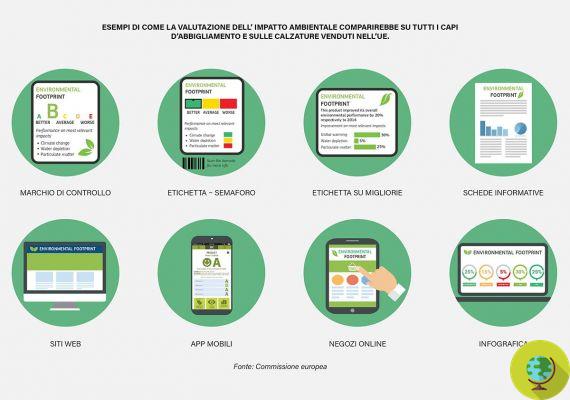
@Make the Label Count
What are the shortcomings? For example, the Make the Label Count campaign signals that fibers derived from fossil fuels such as polyester will be certified as more environmentally friendly than natural fibers.
Dalena White, general secretary of the International Wool Textile Organization explained the reason:
Under the current system, all natural fibers will have a red score. This is because microplastic pollution, biodegradability and renewability are excluded from the evaluation criteria, and those are the areas where natural fibers really stand out.
The PEF does not recognize the entire environmental impact of fibers obtained from fossil fuels and does not even fully take into account the positive impacts, such as the benefits of using natural "circular" fibers, that is renewable, recyclable and biodegradable.
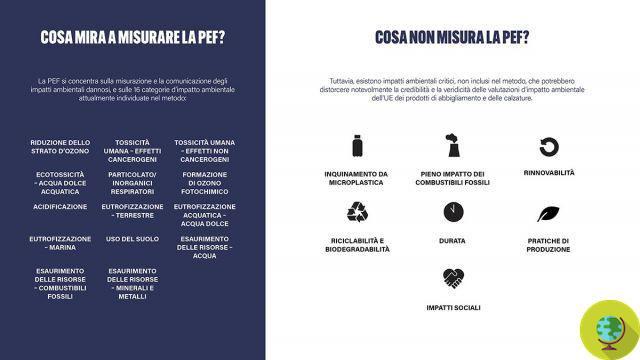
@Make the Label Count
All of this could make sustainability labels misleading and lead consumers to make worse choices.
The campaign reminds and stresses that consumers need to have reliable information on different aspects of the production of that garment or pair of shoes:
- that are made with renewable and biodegradable materials
- if they are reusable and recyclable
- if they contribute to microplastic pollution
Aspects that, to date, are not included in the PEF.
Indeed, a system that does not take into account the microplastic pollution of the fashion industry is definitely worth revising. And that's what all activists are hoping for. As Dr. White stated:
The most practical solution would be to take all the hard work that went into developing the PEF and add the missing points to it. We do not have much time.
Make the Label Count proposes a labeling with a more “holistic” approach that on the one hand takes into account the harmful impacts of some fabrics, and on the other goes to reward the positive ones. Furthermore, the new labels should better reflect the EU plan for a circular economy.
Follow us on Telegram | Instagram | Facebook | TikTok | Youtube
Fonte: Make the Label Count
Read also:
- Fashion pollutes: Extinction Rebellion activists break into the Vuitton show during Paris Fashion Week
- Lead, pfas and phthalates in low cost fashion from Shein, AliExpress and Zaful. The investigation that comes from Canada but concerns us all
- “Zara, H&M, Levi's have dyed the rivers of Africa blue”. The shock report on the dark side of fast fashion
- Greta Thunberg against fast-fashion and disposable fashion: stop greenwashing, we need a change in the system




